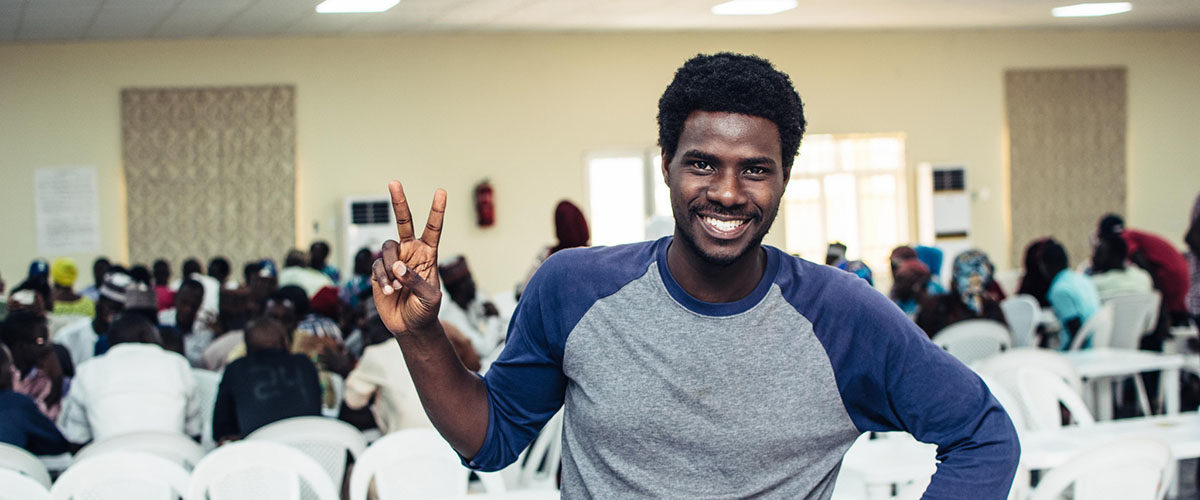
As the largest environmental event in history, Earth Hour today , February 14, launched its 2012 campaign “I Will If You Will” to showcase how everyone has the power to change the world they live in.
For the first time, Earth Hour, being held on 31 March, is taking a giant leap from its annual lights out event to offer a further opportunity for its communities to be part of the world’s environmental solution.
Earth Hour began as a one city initiative in 2007, and has since grown to be a 5,251 city strong global movement, reaching 1.8 billion people in 135 countries across all seven continents.
The “I Will If You Will” digital platform created by global ad agency Leo Burnett, is the result of a collaboration with YouTube, therefore bringing together the world’s biggest social video platform with the ‘world’s largest action for the environment’.
The “I Will If You Will” campaign uses the YouTube video platform to empower people to share a personal dare with the world by asking, “What are you willing to do to save the planet?”
Earth Hour Co-Founder and Executive Director, Andy Ridley says “I Will If You Will” is the obvious next stage in the environmental campaign’s evolution.
“I Will If You Will gives every individual the opportunity to inspire their friends, colleagues and neighbours to take sustainability actions not just on the hour but beyond the hour,” said Ridley.
The concept of “I Will If You Will” centres around providing a social contract for two parties – connecting one person, business or organisation to a promise and their friends, family, customers or members to a challenge – uniting them behind the common goal of creating a positive environmental outcome.
The Earth Hour YouTube platform hosts a global library of “I Will If You Will” challenges, and encourages people to share their “dare” publically through Facebook, Twitter, Google+ and email. Friends can be invited to participate and accept each challenge using these popular social networks.
The simple promise can range from recycling, to switching to energy efficient light bulbs, turning off your mobile charger, or signing up for paperless banking.
Earth Hour in Nigeria has the support of First City Monument Bank Plc,The Abuja Environmental Protection Board, The Lagos Environmental Protection Agency, The Federal Road Safety Commission, The Peace Corps of Nigeria, The Nigeria Television Authority, Zakudia Lounge, Lead British International School, Abuja Capital International College, Capville Schools, Best International School, Nature Cares, Nigerian Youth Climate Change Coalition and many more.
Earth Hour Global has already received I Will If You Will challenges from a number of corporate companies and community groups, including, CBRE and children’s character Pocoyo.
Earth Hour 2012 will take place at 8.30pm – 9.30pm on Saturday 31 March
**Interviews are available with Andy Ridley, Co-Founder and Executive Director of Earth Hour**
Visit the Earth Hour YouTube platform here
Media Contact:
Rebecca George, Earth Hour Global, Rebecca@earthhour.org +61 421 988 035
Benjamin Vozzo, Earth Hour Global, Benjamin@earthhour.org +61 415 194 219
“This is an Official Press Release from Earth Hour Global”







